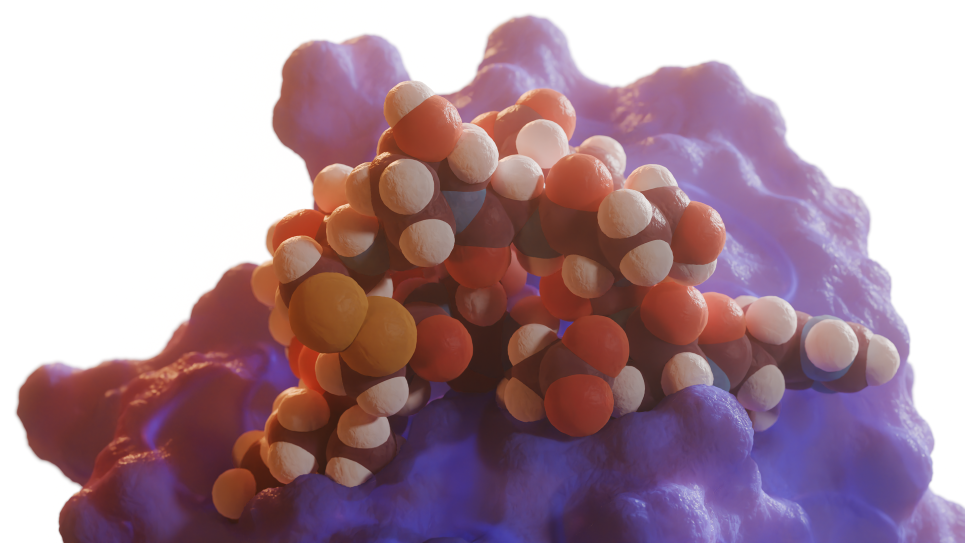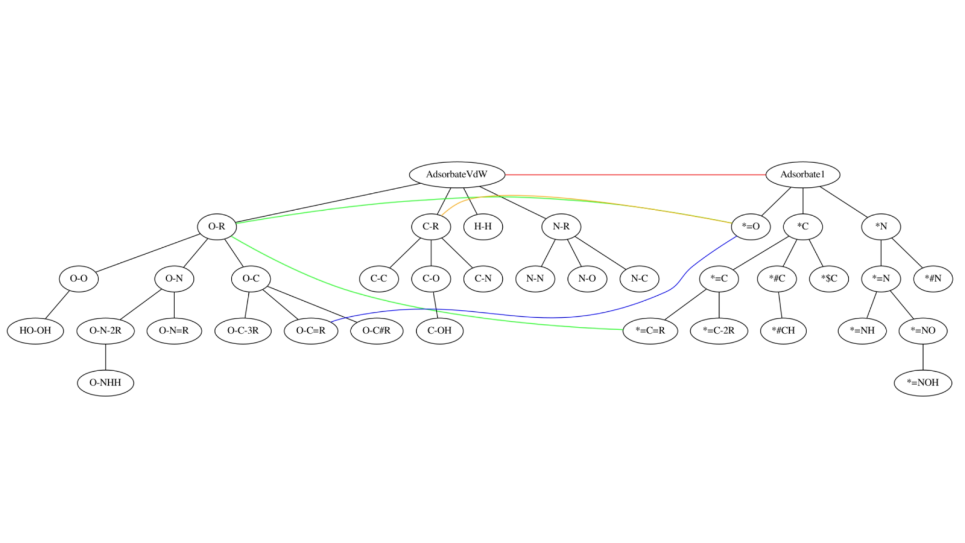
Understanding the Molecular Origin of Climate Change
Understanding the phase behavior of water is central to climate change, as well as many other research areas, including geology, heterogeneous catalysis, corrosion, nanofluidics, and emerging energy technologies. Altering the state points (temperature, pressure, etc.) and introducing foreign surfaces/particles often results in phase transformation of water; the exact molecular origins of which is a topic of longstanding interest to researchers across the world.
To better understand and address the problems associated with climate change, researchers from Argonne National Laboratory will use Mira to carry out large-scale mesoscopic simulations of ice nucleation and growth under a variety of conditions. Their research aims to provide a molecular-level understanding of snowflake formation, and how it is impacted by the interaction between water and atmospheric pollutants.
Advances in machine learning and data science algorithms, combined with the DOE’s powerful computing resources, have made it possible to tackle this challenging problem. The Argonne research team will develop well-trained and robust force fields to accurately and efficiently capture the molecular interactions in water. They will use the interaction models to simulate billions of water molecules and understand the molecular origins of trace pollutant influence on snowflake formation and growth. The outcome will have direct and profound implications for understanding the impact of atmospheric pollutants on global warming and climate change.
In addition, this project’s findings will be of significance to a broad range of materials problems. For example, in battery research, an improved understanding of dendritic growth (analogous to snowflakes) at the electrode interfaces is critical to achieving optimal performance.


